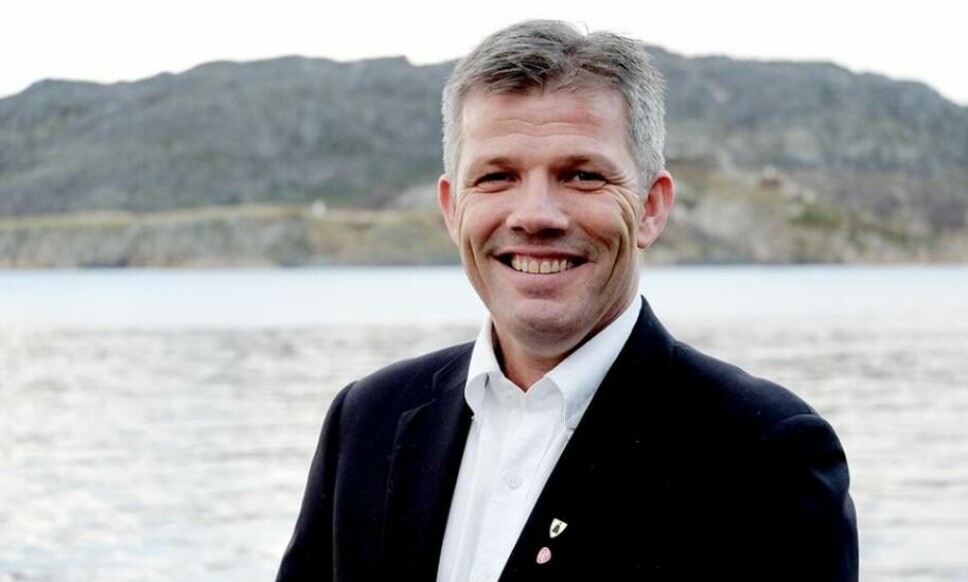
Norway announces stricter fish escape regulation
Technology-neutral rules 'will benefit farmers and wild fish' says minister
Norway’s fisheries department has issued new requirements for escape-proof design and operation of fish farming facilities.
The new rules, which come into force next year, give farmers greater opportunity to develop and adopt new and sustainable technology that also safeguards escape safety, the department said in a press release.
“We have now laid down a revised set of regulations that increases safety against fish escapes at the farms, while at the same time giving the industry more flexibility,” said fisheries and oceans minister Bjørnar Skjæran.
Technical standards
The NYTEK 23 regulation replaces the NYTEK regulation from 2012 and is updated in some important areas. The rules are intended to help prevent the escape of farmed fish by ensuring proper technical standards at the facilities.
“NYTEK 23 is a technology-neutral set of regulations. It facilitates freedom of choice, development, and innovation better than the current regulations. I believe that it will benefit both the industry and the wild salmon,” said Skjæran.
The regulations now contain new and overarching requirements on how planning, use and maintenance must ensure escape safety.
It is absolutely crucial that the regulations do not stand in the way of developing new and better solutions
“In recent years, escapes have mainly occurred in connection with work operations and the operation itself. That is why we are also tightening the requirements for equipment used in contexts where fish have escaped,” explained the fisheries minister.
Free to choose
Technology neutrality means that the requirements are formulated so that farmers are freer to choose how they want to fulfil them, as long as the solutions are documentably as good as, or better than, current standards.
“The industry is constantly developing. It is absolutely crucial that the regulations do not stand in the way of developing new and better solutions. Better conditions for innovation and further development can contribute to even better escape safety in the long term,” said Skjæran.
The rules apply to both the design and operation of fish farms.
Among other things, the regulations set requirements for which analyses must be carried out before a fish farm can be built and what must be checked by an external company, in addition to general and specific requirements for the farming facility itself and the parts it consists of.
Facilities that meet the requirements of the regulations are awarded a facility certificate. Without the facility certificate, it is not permitted to farm fish on the facility.
Infringement fees
The new regulations allow infringement fees to be imposed for breaches of the regulations in more cases than previously.
“The best thing would of course be if there was never a need to impose a fee, but if serious breaches of the regulations are first uncovered that could lead to fish escaping, it is important that the administration has the opportunity to react,” said Skjæran.
Preliminary figures released in January of this year showed that approximately 61,000 farmed salmon and 7,700 rainbow trout escaped from Norwegian fish farms in 2021.
One single incident at a site operated by Nidt-Norsk Havbruk (now Salmonor) in Trøndelag accounted for almost 40,000 of the escaped salmon. Around 13,000 of the fish were recaptured.
Out of a total of 117 incidents reported in 2021, 32 had been confirmed fish escapes as of January 2022.